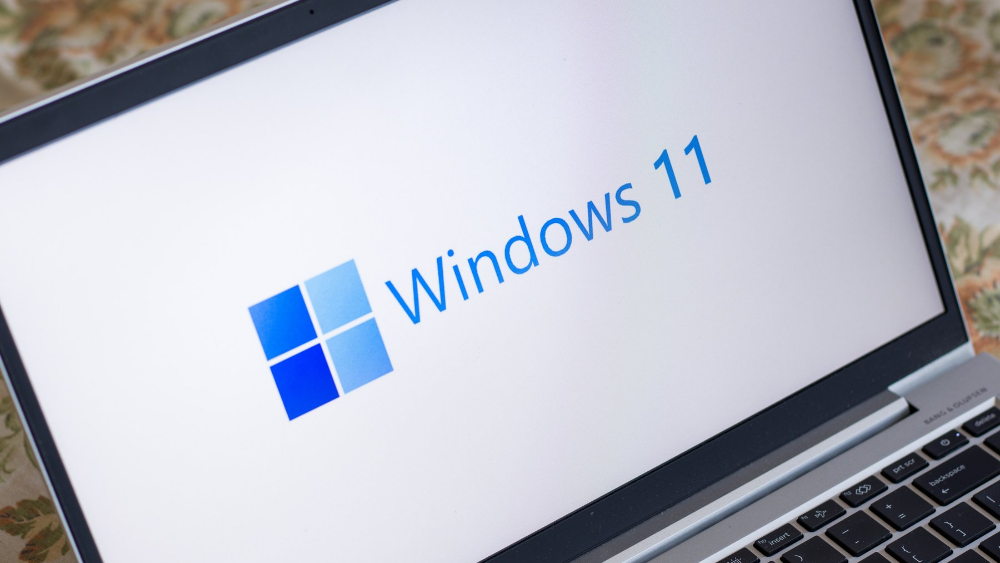Insights
INSIGHTS
All Topics
Should charities switch to Microsoft 11?
17 Dec 2021by Paul Rubens
Many charities recently migrated to Windows 10. We look at the pros and cons of making yet another operating system switch
It’s just under two years since Microsoft pulled the plug on Windows 7, forcing any charities still using the operating system to abandon it and switch to a newer alternative such as Windows 10.
But now Microsoft has launched Windows 11: a newer and more technologically advanced operating system. Windows 11 is available as a free upgrade for computers running Windows 10, and this begs an important question. Should charities stick with Windows 10, or switch to the latest, apparently greatest operating system that Microsoft has to offer?
It’s tempting to think that if Windows 11 is better and free then the decision to upgrade is a no brainer. But the decision is a little more complicated than that. Here’s what your charity needs to consider.
Can your charity’s computers be upgraded?
Windows 11 is more technologically advanced operating system that Windows 10, and that means that it needs a more technologically advanced computer to run on.
In pure hardware terms Windows 11 requires a computer with an Intel Core 8th generation processor (or newer) or an AMD Ryzen 2000 processor (or newer) in order to run. In practice that rules out almost all computers that are more than four years old.
The easiest way to determine if a particular computer can run Windows 11 is to download and run Microsoft’s PC Health Check tool. This free program will scan the computer and tell you if it can run Windows 11, or why it is unable to.
This is useful because it may be that a simple and inexpensive upgrade (such as installing some additional RAM (memory)) will make the computer Windows 11 compatible.
What are the benefits of Windows 11?
There is no point in upgrading to Windows 11 if there are no benefits in doing so. Here are the key things that make Windows 11 attractive.
Better performance
One of the main benefits of Windows 11 is that it improves performance, making computers run slightly faster. Windows 11 also “wakes up” from sleep mode about 25% faster, according to Microsoft.
It is debatable whether charity staff will notice the difference in performance for most of the tasks that they are likely to perform. Windows 11 has many performance enhancements that may be more apparent when playing games, but this is unlikely to be relevant in a charity work environment.
Access to Android
Another benefit of Windows 11 is the ability to run Android apps. This allows a computer running Windows 11 to access a huge library of new programs, and a few of these may be useful to some charities where charity staff are otherwise forced to use Android devices to access particular apps.
Security
One final benefit worth mentioning is that Microsoft claims that Windows 11 is more secure than Windows 10. While this may be partially true, this is not the whole story – as we will come to in a moment.
What are the drawbacks of Windows 11?
If you are seriously thinking of moving to Windows 11, here are some things that should give you pause for thought.
Insecurity
Perhaps the most significant drawback to Windows 11 is that it is still new. That means that, inevitably, there are numerous security flaws in the operating system which have yet to be discovered.
The all-important question then is whether these flaws will be spotted and fixed by Microsoft before they can be spotted and exploited by cyber criminals.
The idea that a new operating system is bound to have security flaws may be surprising. But every time Microsoft has introduced a new operating system it has been found to contain security flaws.
The advantage of an older operating system such as Windows 10 is that there has been more time for many of these flaws to have been spotted and fixed.
Learning curve
Another drawback to Windows 11 is that it looks and feels different to Windows 10, and that means that staff must go through a period of learning how to use the new operating system. During that period, they are likely to be less productive.
In fact, Windows 11 is not hugely different to Windows 10 so this learning period is likely to be short. It’s also true to say that staff will have to make a switch from Windows 10 to something else at some point before support for Windows 10 is withdrawn in 2025, so moving sooner rather than later, to an operating system which is not too dissimilar, may actually be a good idea.
How do you upgrade your charity’s computers to Windows 11?
The easiest way to upgrade a computer to Windows 11 – and the method that Microsoft recommends – is simply to wait until the computer notifies you that Windows 11 is ready to install. Microsoft is slowly making Windows 11 available to compatible computers in this way over the coming months.
However, if your charity decides to upgrade to Windows 11 it may be more convenient to upgrade all its computers at the same time, so that all staff can get used to the upgrade simultaneously and training can be provided if necessary.
If you would like to proceed in this way, then Microsoft offers three different ways that Windows 11 can be downloaded and installed.
What happens if upgrading to Windows 11 was a mistake?
The good news is that all is not lost. That’s because Microsoft offers a ten-day window after upgrading to Windows 11 during which you can revert to Windows 10 without losing any data or settings.
After this period, however, the only way to revert to Windows 10 is to delete everything from your computer (after backing up all your data) and then installing a new copy of Windows 10.
04 Jan 2025by Aidan Paterson
The best bank accounts for charities
03 Jan 2025by Ioan Marc Jones
Climate change facts you need to know in 2025
03 Jan 2025by Ioan Marc Jones
An A-Z glossary of climate change terms and definitions
Our Events
Charity Digital Academy
Our courses aim, in just three hours, to enhance soft skills and hard skills, boost your knowledge of finance and artificial intelligence, and supercharge your digital capabilities. Check out some of the incredible options by clicking here.














